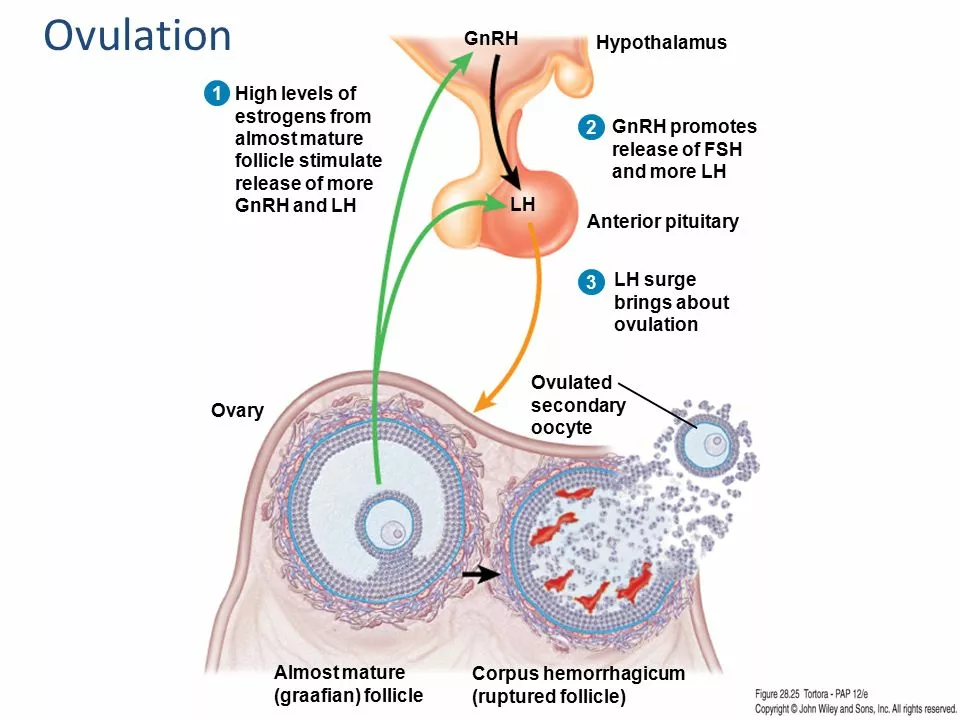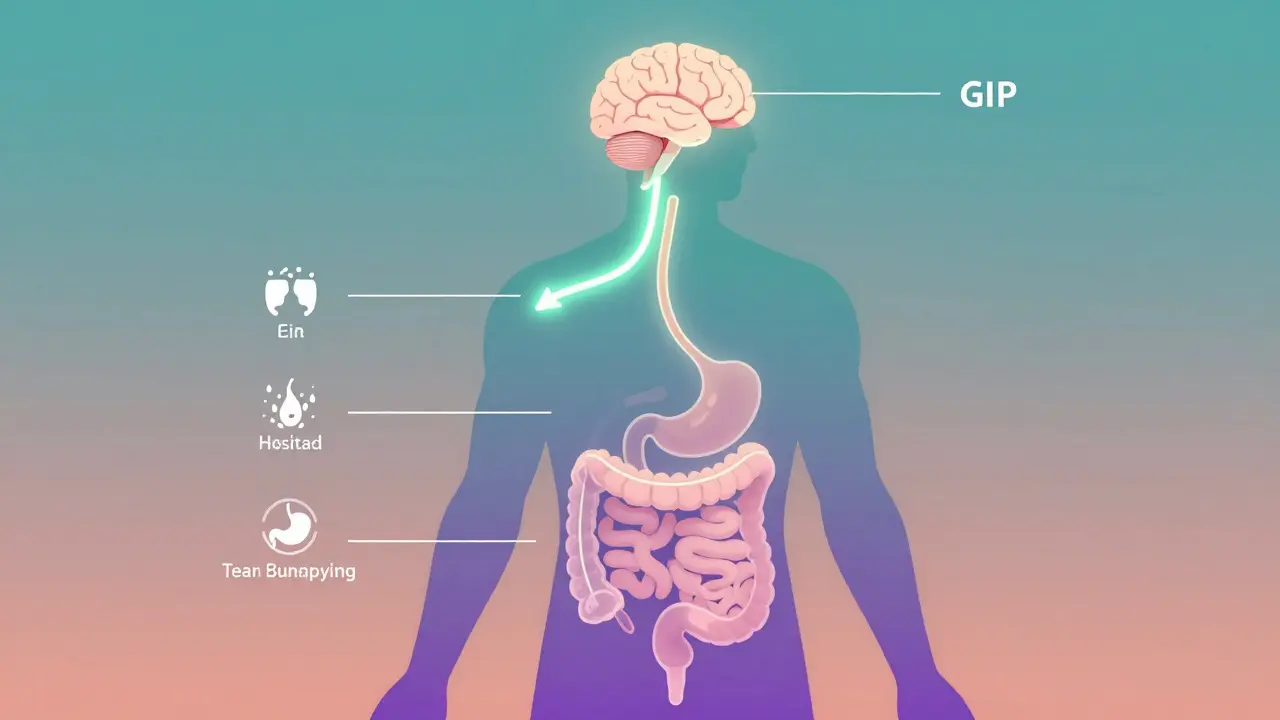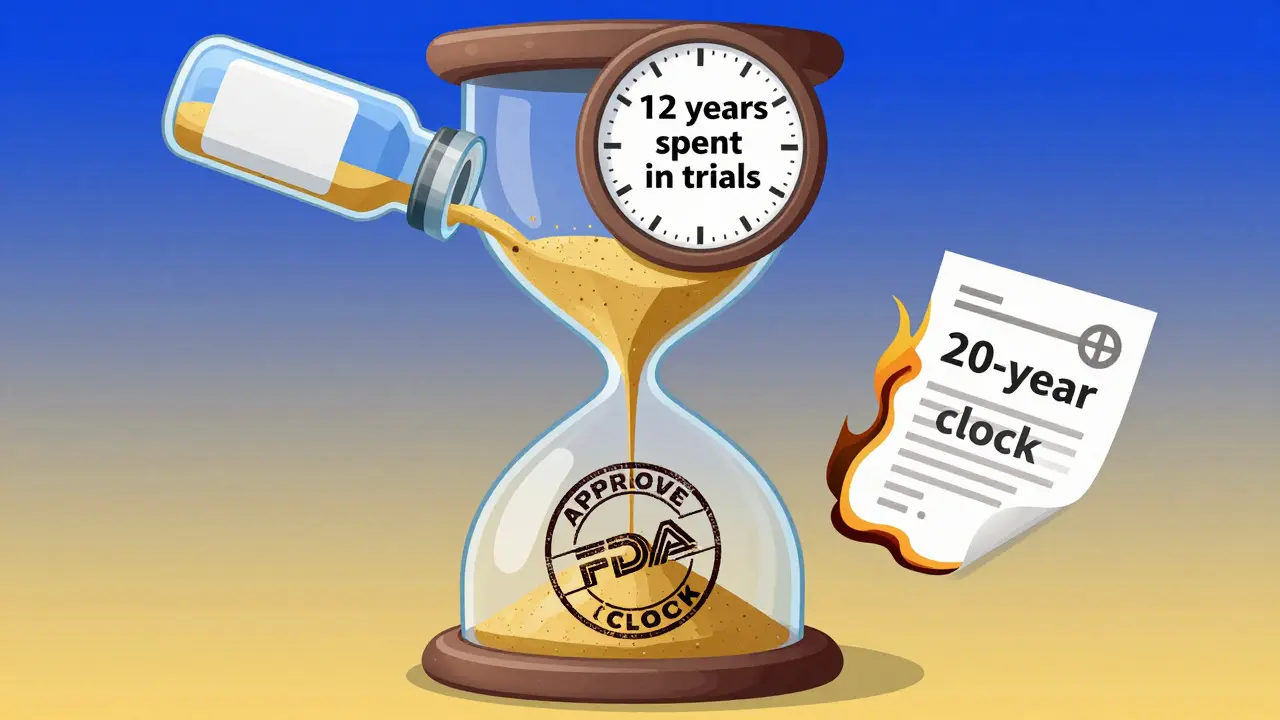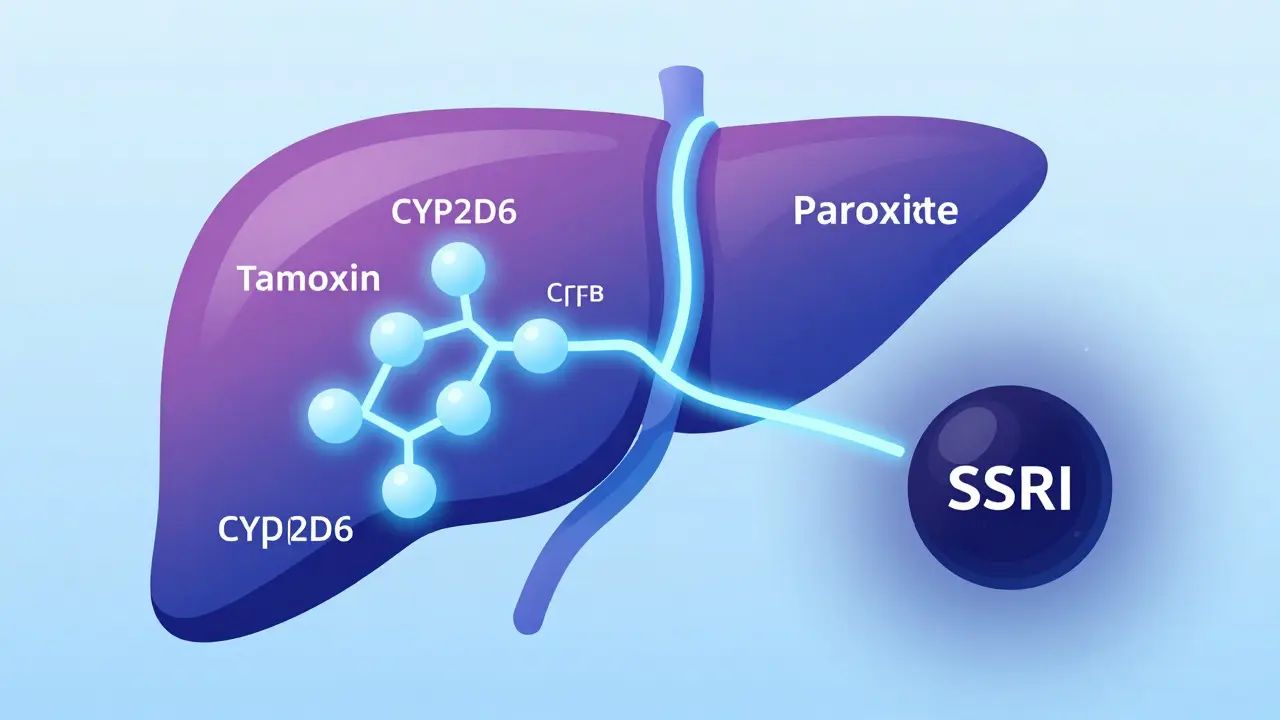Ovulation: Signs, Tracking, and Simple Fertility Tips
Ovulation is the one day (plus a few fertile days) each cycle when an egg can be fertilized. Knowing when you ovulate helps if you want to get pregnant or avoid pregnancy. You don’t need medical jargon — here are clear, useful ways to spot ovulation and what to do next.
How to spot ovulation
Cervical mucus changes: Watch for thin, stretchy, clear mucus that looks like egg white. That’s a strong sign your fertile window is open.
Basal body temperature (BBT): Take your temperature first thing every morning before getting up. After ovulation your BBT rises by about 0.3–0.6°C (0.5–1.0°F). One higher temperature doesn’t prove ovulation, but a sustained shift over three days usually does.
Ovulation predictor kits (OPKs): These test luteinizing hormone (LH) in urine. A positive LH surge usually happens 12–48 hours before ovulation, so plan intercourse or insemination in that window.
Physical signs: Some people feel mild mid-cycle cramps (mittelschmerz), notice light spotting, increased libido, or tender breasts. Those clues help but aren’t reliable alone.
Timing and practical tips
Your fertile window is about six days — five days before ovulation and the day of ovulation. Sperm can survive up to five days; the egg survives roughly 12–24 hours. For best odds of pregnancy, have sex every 1–2 days during that window.
If your cycles are regular, subtract 14 days from the expected start of your next period to estimate ovulation. If cycles are irregular, combine methods: use OPKs, track mucus, and record BBT for a clearer picture.
Apps can help log signs and predict ovulation, but they’re only as good as the data you enter. Use them along with tests and body signs, not as the sole method if avoiding pregnancy.
Small lifestyle changes support regular ovulation: keep a healthy weight, manage stress, limit heavy drinking, and avoid smoking. Extreme diet changes or intense training can stop ovulation.
Want confirmation? A mid-luteal blood test for progesterone (about 7 days after ovulation) shows if ovulation occurred. Doctors can also do ultrasound monitoring or blood work to check hormones and ovarian reserve.
If you’ve been trying to conceive for 6–12 months without success (sooner if you’re over 35), see a healthcare provider. Also see help sooner if your cycles are very irregular, you have heavy pain, very heavy bleeding, or symptoms of hormonal problems (like excess hair growth or sudden weight change).
Ovulation tracking doesn’t have to be stressful. Start with simple steps: watch your mucus, use an OPK around expected mid-cycle, and record mornings for BBT. That combo gives the clearest, cheapest picture of when you ovulate.






